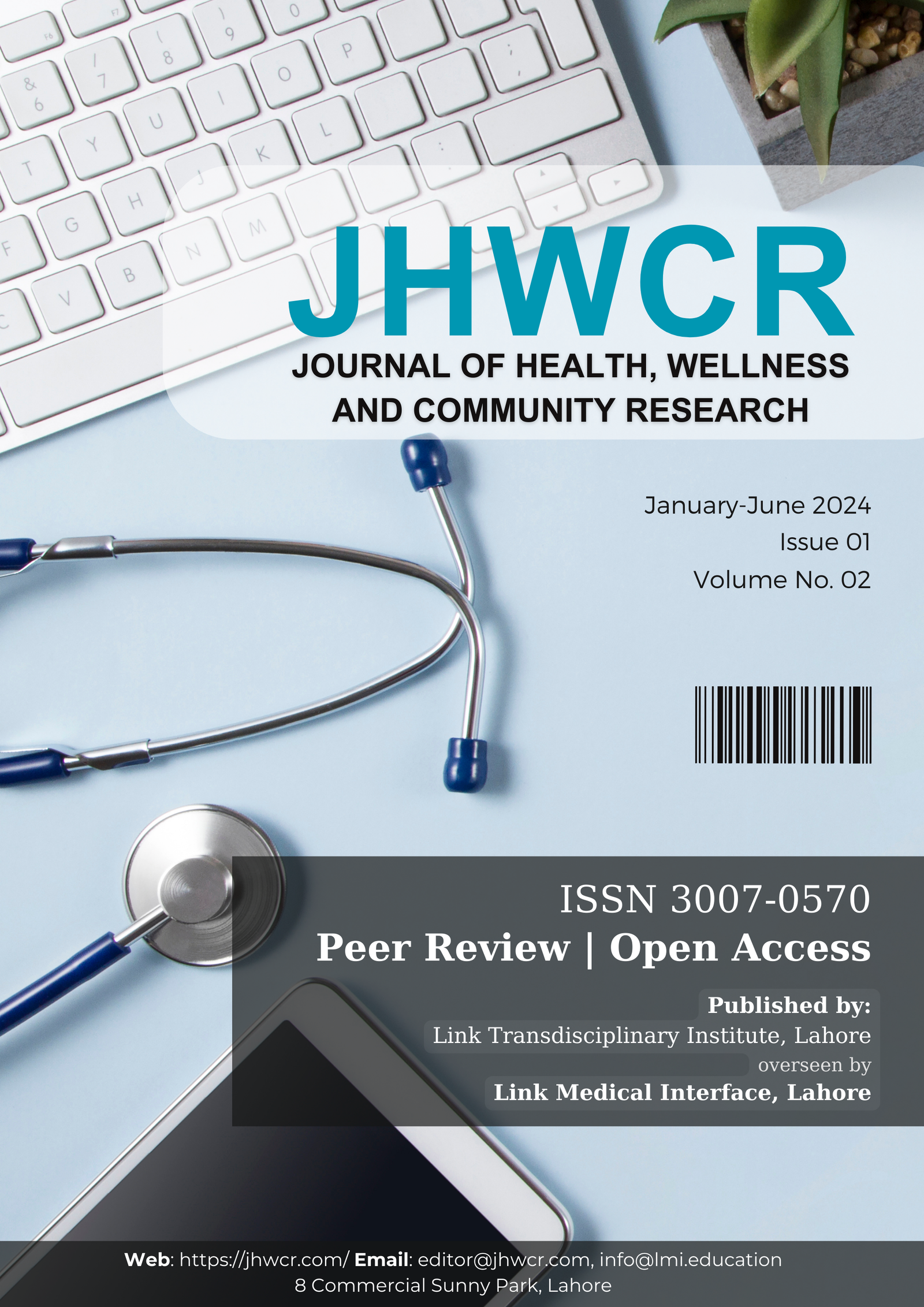Association of Trigger Finger with Carpal Tunnel Syndrome Among Industrial Workers: A Cross-Sectional Study
DOI:
https://doi.org/10.61919/6vevss54Abstract
Background: Carpal tunnel syndrome (CTS) and trigger finger are prevalent musculoskeletal disorders among industrial workers exposed to repetitive manual tasks, yet the precise nature of their association remains unclear, creating a gap in ergonomic and preventive strategies for this high-risk population. Objective: This study aimed to evaluate the association between trigger finger and carpal tunnel syndrome among industrial workers in Lahore, assessing the prevalence, clinical features, and potential correlations between these two conditions. Methods: A cross-sectional observational study was conducted among 155 industrial workers aged 30–50 years, recruited by convenient sampling from various sites in Lahore. Participants with systemic illnesses or previous hand/wrist surgeries were excluded. Data were collected using the Boston Carpal Tunnel Syndrome Questionnaire (BCTQ), Phalen’s test, and Numeric Pain Rating Scale (NPRS), with all assessments performed in a single session by trained physiotherapists. Ethical approval was obtained in accordance with the Declaration of Helsinki, and written informed consent was secured. Data were analyzed using SPSS v21, employing descriptive statistics, cross-tabulation, and Pearson correlation coefficients (p < 0.05). Results: Of 155 participants, 60% tested positive on Phalen’s test and 32.9% for trigger finger. Moderate pain (NPRS) and moderate BCTQ symptom severity were reported by 44.5% and 52.3% of participants, respectively. A weak negative correlation existed between trigger finger and Phalen’s test (r = –0.202, p < 0.01), while a strong positive correlation was observed between Phalen’s test and BCTQ scores (r = 0.790, p < 0.05). Conclusion: Both trigger finger and carpal tunnel syndrome are common and clinically impactful in industrial workers, though their direct association is weak. Early screening and ergonomic interventions are critical for prevention and improved worker health outcomes.
Downloads
Published
Issue
Section
License
Copyright (c) 2025 Zainab Liaqat, Muhammad Ahmed Saleemi, Mehak Fatima, Laiba Rani, Muqadas Mehmood, Hassan Mahmood, Yashma (Author)

This work is licensed under a Creative Commons Attribution 4.0 International License.


